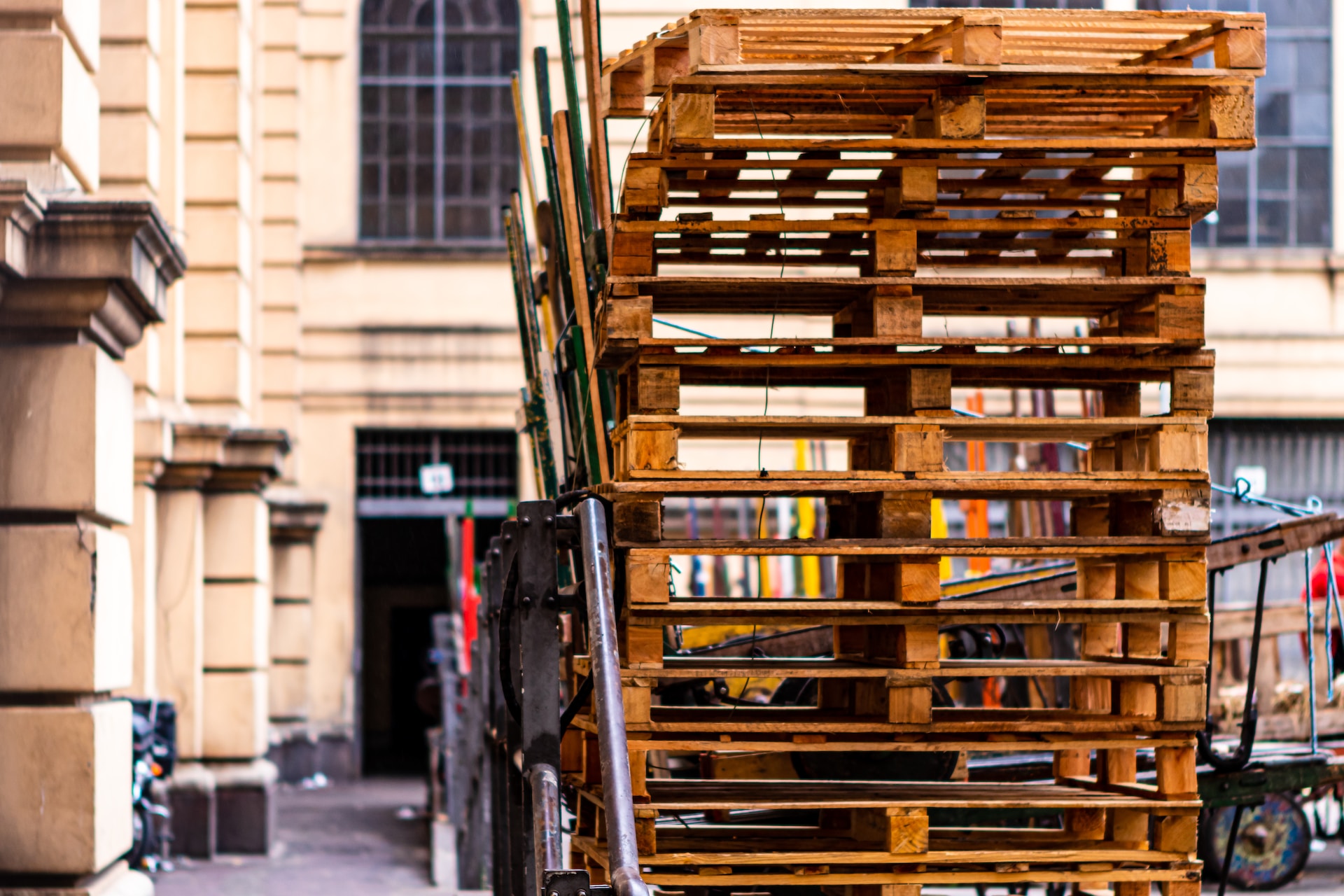You’ve got a great product and are ready to start selling it. You know exactly how much it costs to produce, but there’s one thing standing between you and the green light: shipping. You need to get those products out to customers fast, so you can make money without going broke (or bankrupt). The way you do that is by choosing the right pallet for your needs. But what does that mean? How do you know which type of wood is best for your product? Is it better if it uses more screws or staples? And what about all those other questions we’ve never thought about before? Well, don’t worry! In this article, I’ll teach you everything there is to know about choosing the right pallet—and how doing so can help save time (and money) on all your future shipments.
How to Choose the Right Pallet
When choosing a pallet, there are a few things to consider. First, you need to know what you’re using it for. If you’re looking for an industrial pallet that can hold up to heavyweight and withstand rough handling, then the best choice would be a hardwood or Composite material. If your product is lightweight but relatively fragile (such as glass), try using a Softwood or plastic pallet instead.
What Type of Wood Will You Be Using?
Knowing the type of wood you want your pallet made from is crucial as it will determine its durability and suitability for the intended use.
Softwood is ideal for transporting lighter loads and for use in more humid environments due to its softer nature compared to hardwoods. It is also less likely to warp over time, making it a perfect choice for transporting goods that may not be stored in ideal conditions, such as on ships or trains.
On the other hand, hardwood is more durable than softwood but requires more maintenance and special care during transportation due to its hardness. It is best suited for heavier loads such as machinery or equipment, as these items require more protection from extreme weather conditions like rain or snowfall.
How Much Weight Is It Going to Carry?
If your shipment consists of heavy items, it’s important to use a pallet that can handle the weight without breaking or bending. A sturdy pallet is necessary to support the product’s weight without causing damage.
On the other hand, if you’re shipping lightweight items, a lighter wood type such as pine or poplar may be more suitable (although some companies still prefer hardwood).
If your product weighs more than 25 pounds per cubic foot, using stronger timbers, like oak or maple, rather than pine, is better as they can last longer under heavy loads!
Conclusion
We hope that this article has helped you understand the differences between different pallet types and how they can affect your shipping process. With so many choices available, it’s important to consider what type of wood will work best for your business, as well as how much weight each type can withstand.




